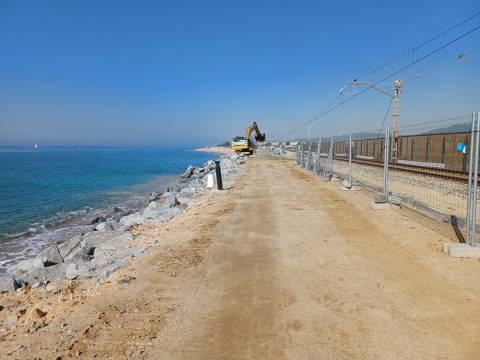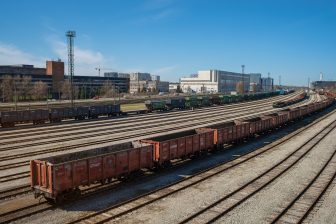
Adif takes action on coastal line to avoid flooding
Adif has begun work on the construction of a new breakwater along the Barcelona-Mataró-Maçanet-Massanes line, the famous coastal railway that is at increased risk of extreme weather conditions brought on climate change.
Do you want to read the full article?
Thank you for visiting RailFreight.com. Become a member of RailFreight Premium and get full access to all our premium content.
Are you already a member?
Having problems logging in? Call +31(0)10 280 1000 or send an email to customerdesk@promedia.nl.





